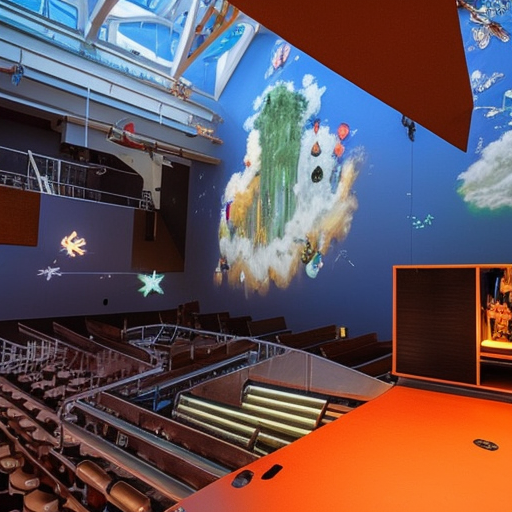Summary: Animation is the process of creating moving images by combining a series of still images or frames. It is a versatile art form that has been used in various mediums, including film, television, video games, and advertising. Animation can be created using traditional hand-drawn techniques or through computer-generated imagery (CGI). It has evolved over the years, with advancements in technology allowing for more realistic and complex animations. Animation plays a significant role in entertainment, storytelling, and visual communication.
History of Animation:
Animation has a rich history that dates back to the early 1900s. The first animated film, “Fantasmagorie,” was created by Émile Cohl in 1908 using traditional hand-drawn techniques. Since then, animation has evolved and expanded, with the introduction of sound, color, and computer-generated imagery. Walt Disney played a crucial role in popularizing animation with the release of “Snow White and the Seven Dwarfs” in 1937, the first full-length animated feature film.
Types of Animation:
There are various types of animation techniques used today, including:
Applications of Animation:
Animation has a wide range of applications in various industries, including:
The Future of Animation:
With advancements in technology, the future of animation looks promising. Virtual reality (VR) and augmented reality (AR) are emerging as new mediums for animated content. VR allows users to immerse themselves in animated worlds, while AR overlays animations onto the real world. Additionally, advancements in AI and machine learning are enabling more realistic and efficient animation techniques.
In conclusion, animation is a versatile art form that has evolved over the years. It encompasses various techniques, including traditional hand-drawn animation, stop motion animation, and computer-generated imagery. Animation finds applications in entertainment, advertising, education, and video games. With advancements in technology, the future of animation looks promising, with the emergence of VR, AR, and AI-driven animation techniques.












